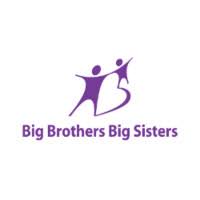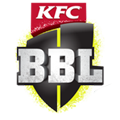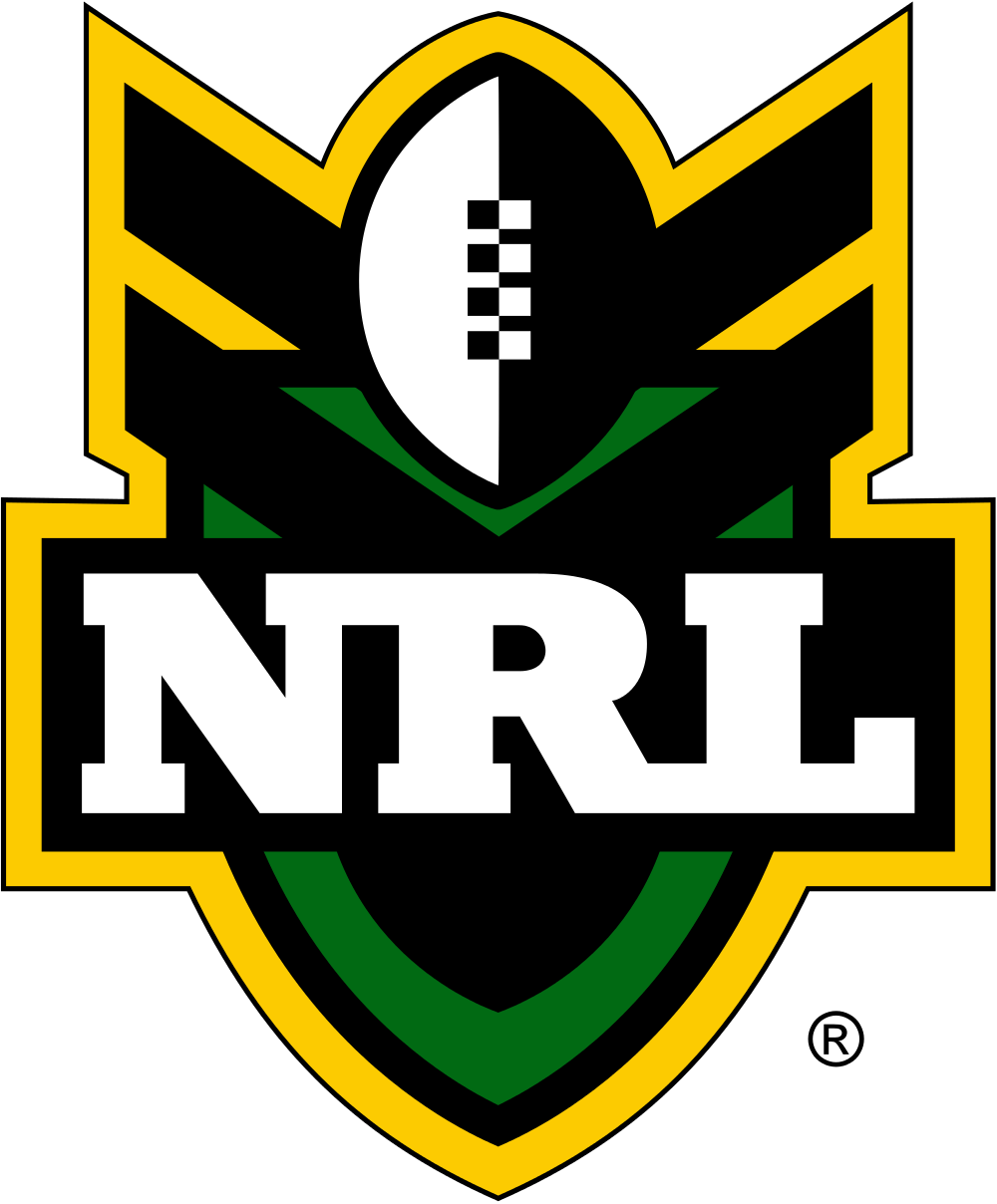Content
Another way to look at liabilities is the claims made by outside groups against a company’s assets. Companies must pay off liabilities in order to avoid problems with outside groups and legal action from nonpayment for goods or services. The most common accounts here may be sales revenue, purchase discounts, and returns. The net between the former and latter two accounts presents a company’s net sales. Following is an example of a general ledger report from FreshBooks.
What Is an Example of a General Ledger Entry?
Consider the following example where a company receives a $1,000 payment from a client for its services. The accountant would then increase the asset column by $1,000 and subtract $1,000 from accounts receivable. The equation remains in balance, as the equivalent increase and decrease affect one side—the asset side—of the accounting equation.
Ledger AccountLedger in accounting records and processes a firm’s financial data, taken from journal entries. This becomes an important financial record for future reference. A revenue ledger account contains information on all items sold by a company.
Accounts in a general ledger
Each account in the general ledger consists of one or more pages. An organization’s statement of financial position and the income statement are both derived from income and expense account categories in the general ledger.
Your credits and debits in your business ledger must always be in balance. Unbalanced credits and debits can impact your business’s financial statements and give you inaccurate financial reports. A general ledger account is an account or record used to sort, store and summarize a company’s transactions.
General ledger
You can define 99 levels for ledger accounts and 10 levels for dimensions. For the accounts and dimensions, you can define parent-child relations for subtotaling and for consolidating the amounts on reports and inquiries. On a financial report, the amount on a parent account consists of the sum of the balances of the child accounts. Again, your general ledger should contain a debit and credit entry for every transaction.
This is an account where returns or gain generated as a result of undertaking the normal or ordinary trading activities of the organization such as gross profit is concerned. Income account is an account where gains generated in the course of doing business is recorded. Impersonal accounts is the opposite of personal account hence the account does not represent a form of debtor–creditor relationship. Control accounts cannot be edited or excluded from the chart of accounts.
General Ledger Control Accounts
Blockchain allows the ledger to be distributed across users worldwide, and each user is part of the entire network, making it less dependent on a single centralized node. But if the total of both sides https://www.wave-accounting.net/ is unequal, in that case, the difference is to be determined. In the first column of both the sides’ dates, the second particulars, and the third journal folio and the fourth amount are written.
To print the ledger accounts in a specific order other than the alphanumeric order, enter a print sequence number. For example, you can use the print sequence number to print the child accounts followed by their parent account.
In order to simplify the audit of accounting records or the analysis of records by internal stakeholders, subsidiary ledgers can be created. Accounts ReceivableAccounts receivables is the money owed to a business by clients for which the business has given services or delivered a product but has not yet collected payment. They are categorized as current assets on the balance sheet as the payments expected within a year. The balance sheet accounts are also known as permanent accounts since the balances in these accounts will not be closed at the end of an accounting year.





































